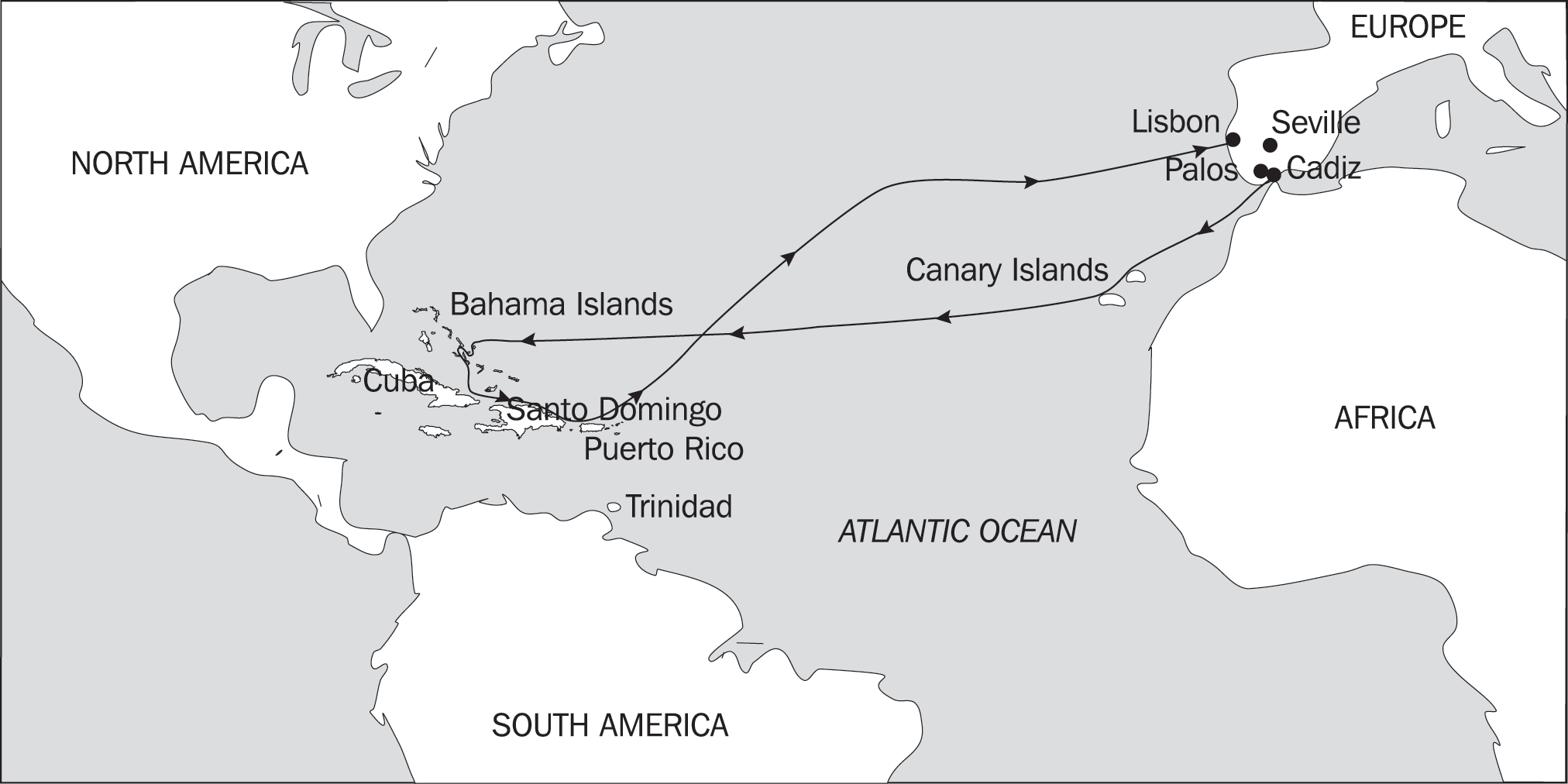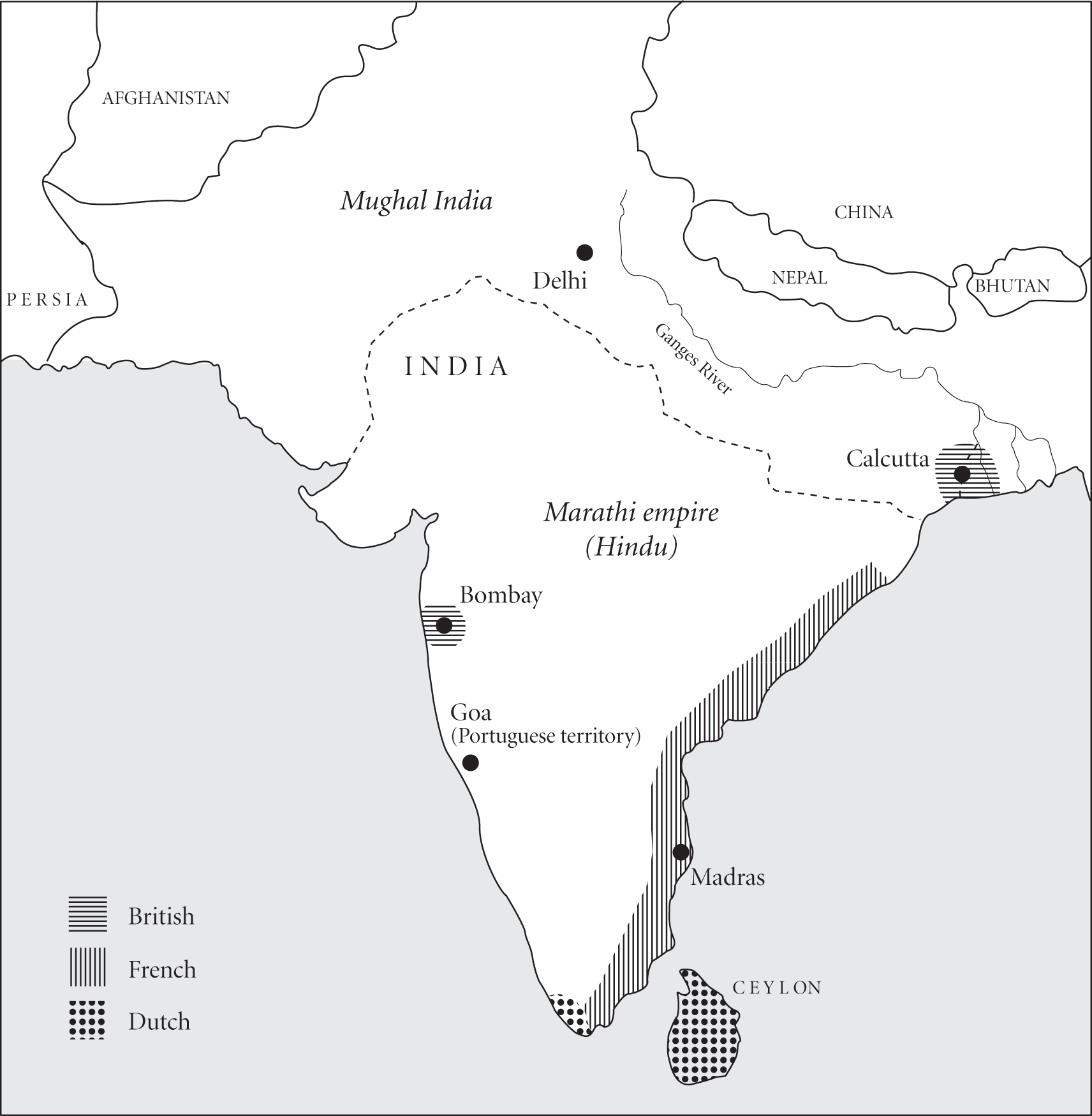| Bartolomeu Dias (Portugal) |
1488 |
Rounded the Cape of Good Hope at the tip of Africa and entered the Indian Ocean |
| Christopher Columbus (Spain) |
1492 |
Sailed west to reach Asia and instead reached the Bahamas. Sailed around the Caribbean, but thought he had reached an island just off the coast of Asia |
| Vasco da Gama (Portugal) |
1497 |
Reached Calicut, India in 1498 by rounding Africa |
| Ferdinand Magellan (Spain) |
1519–1522 |
Sailed around South America to the Philippine Islands where he was killed; his men sailed back through the Indian Ocean and were the first to circumnavigate the globe |

